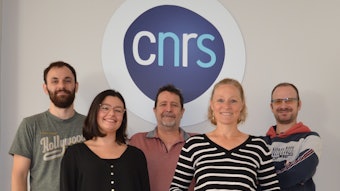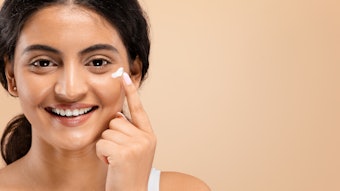Pruritus or itching is an unpleasant sensation that provokes a desire to scratch. Many factors such as chemical, mechanical, thermal and electrical stimuli can elicit the itch sensation.1-5 Mediators of itch presumably directly act on nerve fibers or lead to a nerve stimulation cascade whose final common pathway is interpreted in the central nervous system as itching.2-6 Putative receptors for itching are C-fibers with exceptionally low conduction velocities and insensitivity to mechanical stimuli.4-6 Histamine, the proto-typical chemical mediator of itch, which is released during mast cell degranulation and mediates its effects in the skin via H1 receptor,3,5 is the best-known experimental pruritogen.2,3,5,7
Evaluating Antipruritics
Feb 20th, 2009






!['We believe [Byome Derma] will redefine how products are tested, recommended and marketed, moving the industry away from intuition or influence, toward evidence-based personalization.' Pictured: Byome Labs Team](https://img.cosmeticsandtoiletries.com/mindful/allured/workspaces/default/uploads/2025/08/byome-labs-group-photo.AKivj2669s.jpg?auto=format%2Ccompress&crop=focalpoint&fit=crop&fp-x=0.49&fp-y=0.5&fp-z=1&h=191&q=70&w=340)



